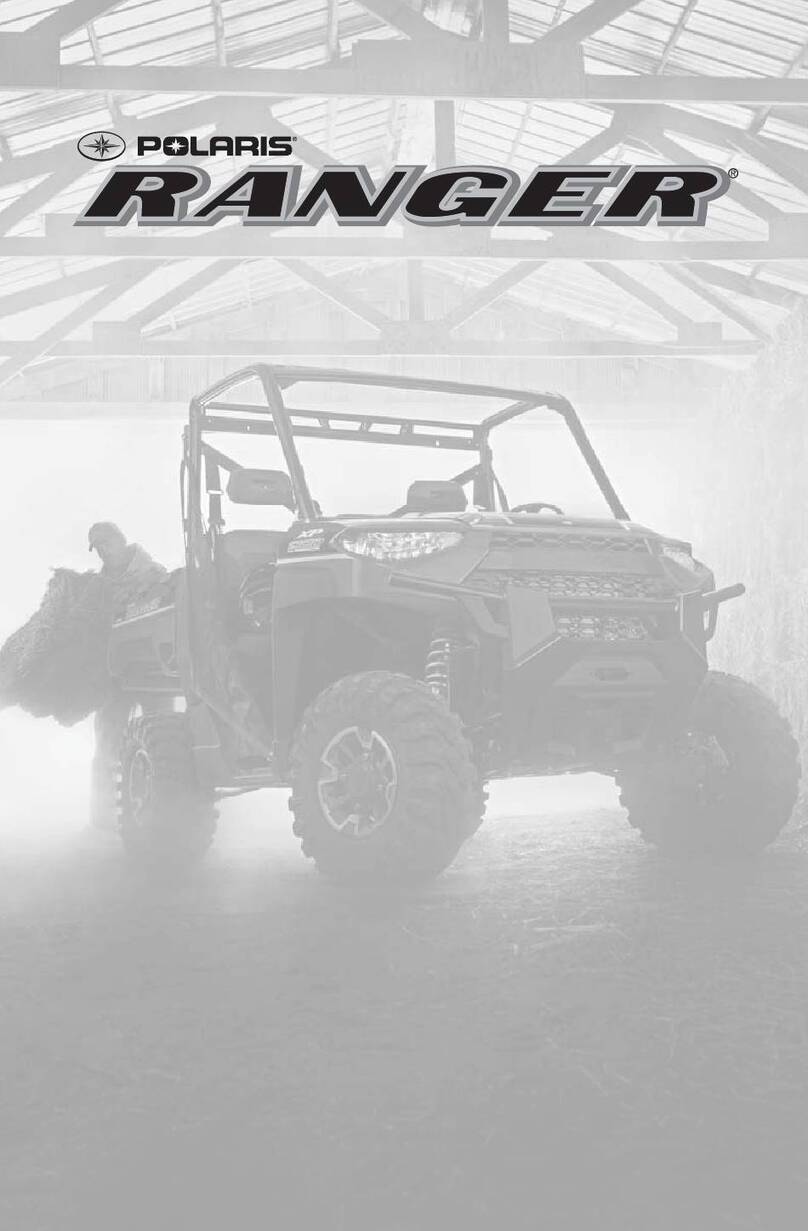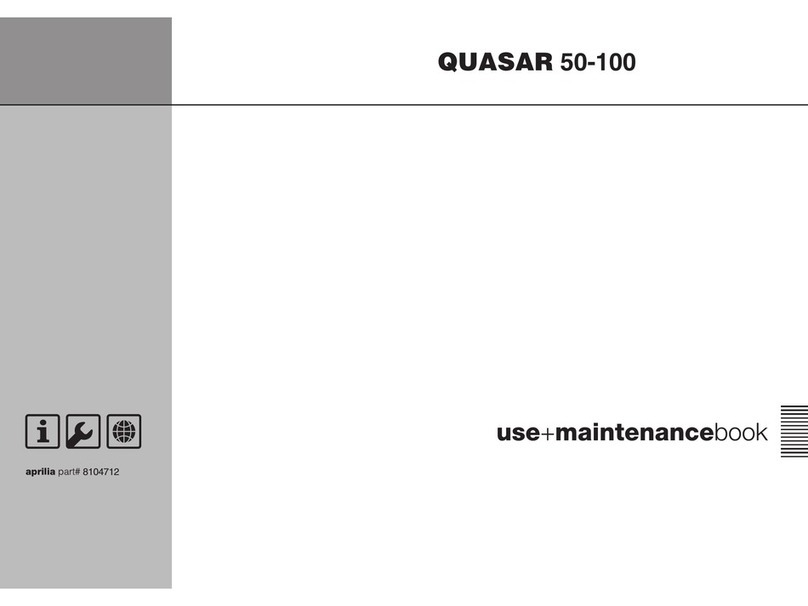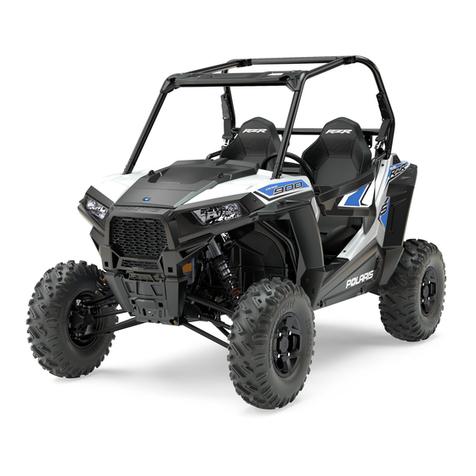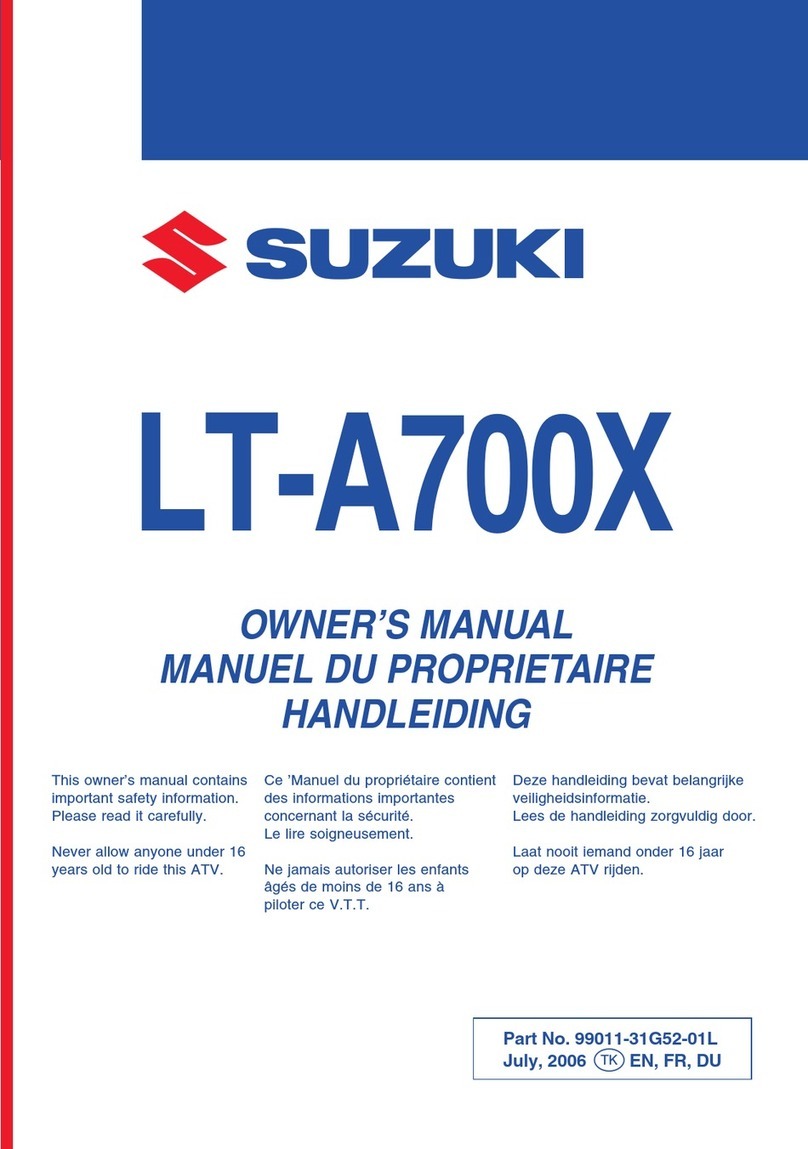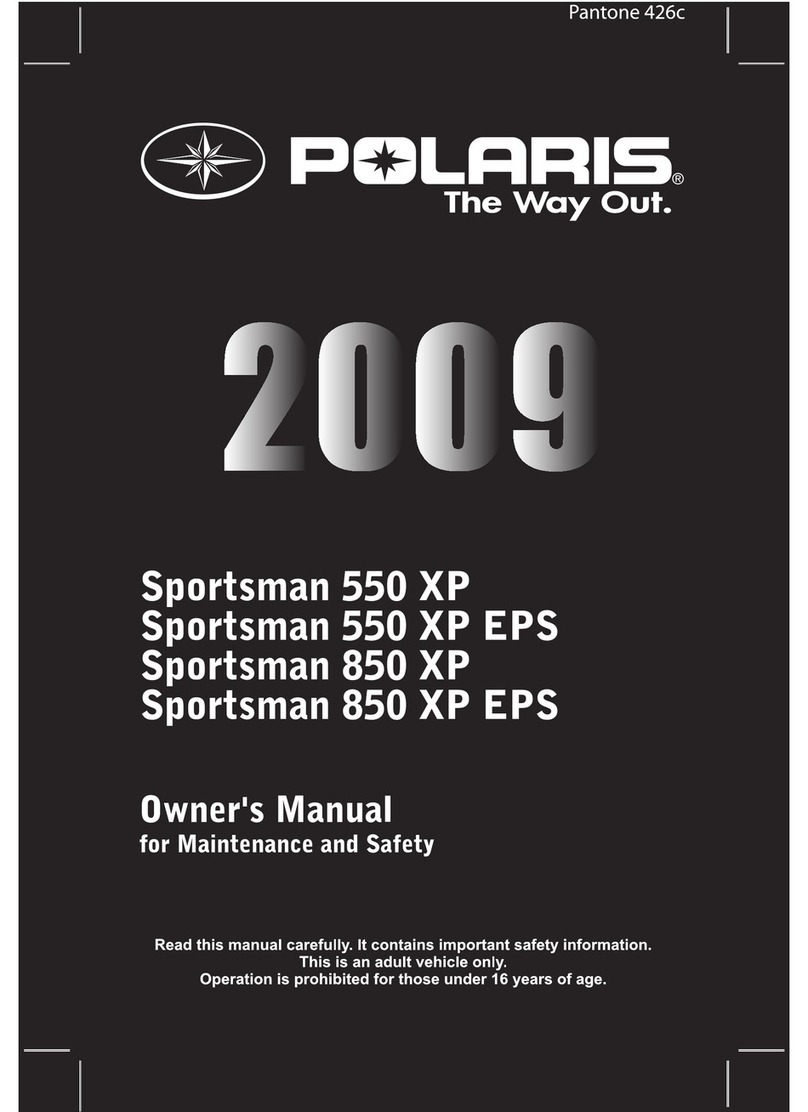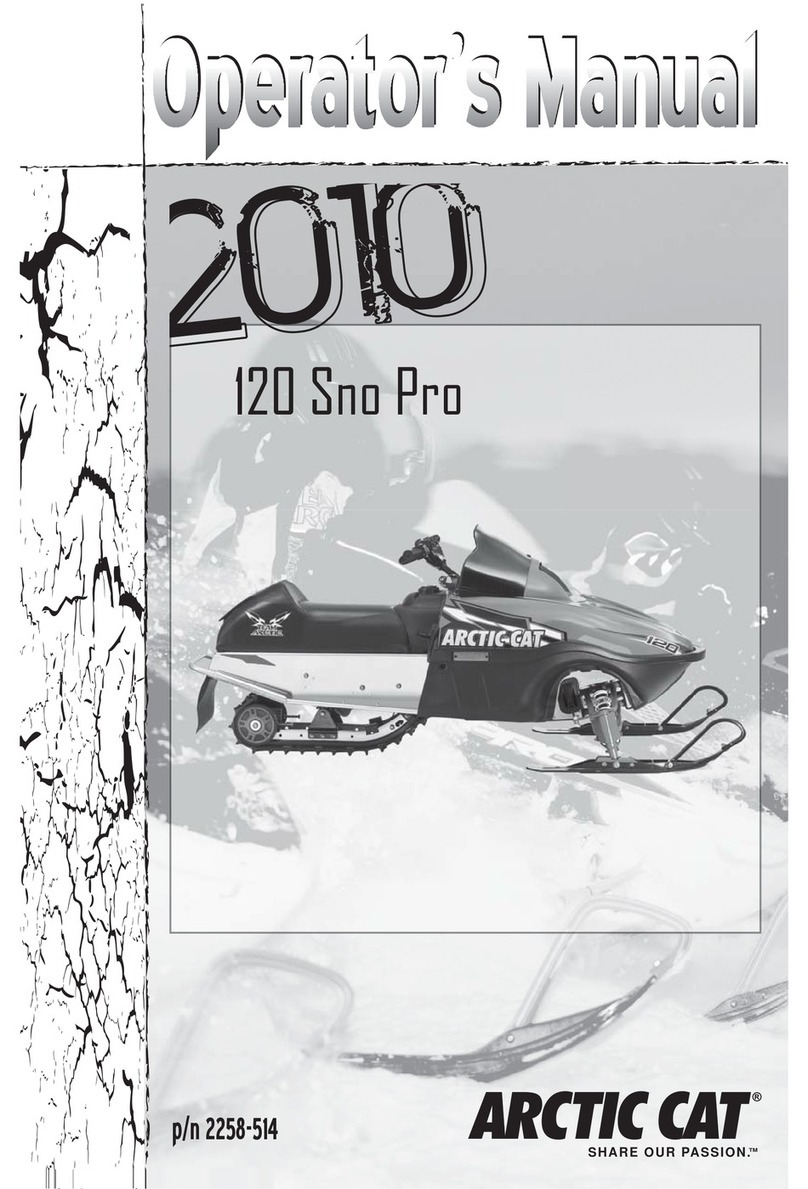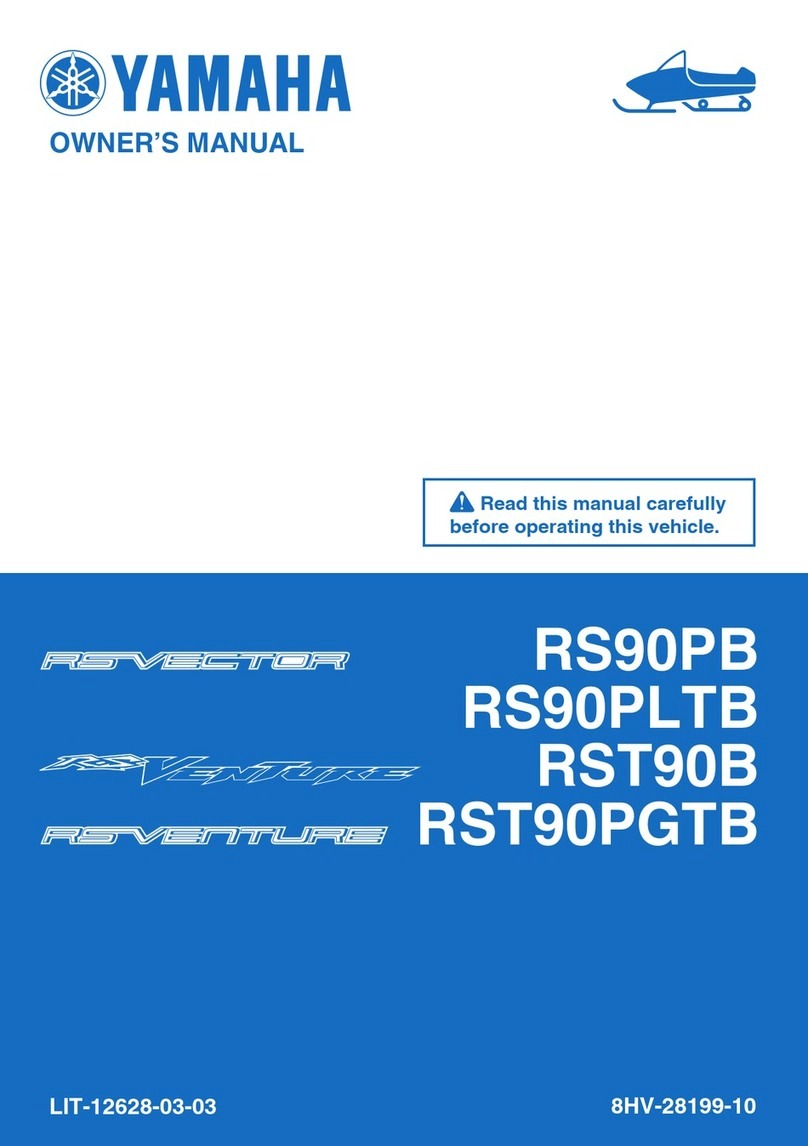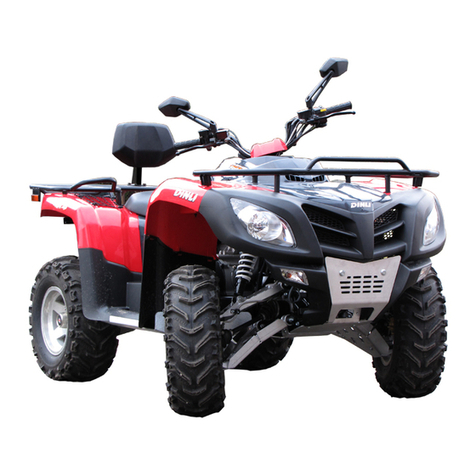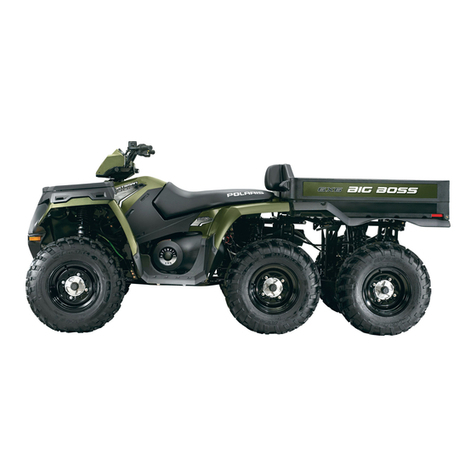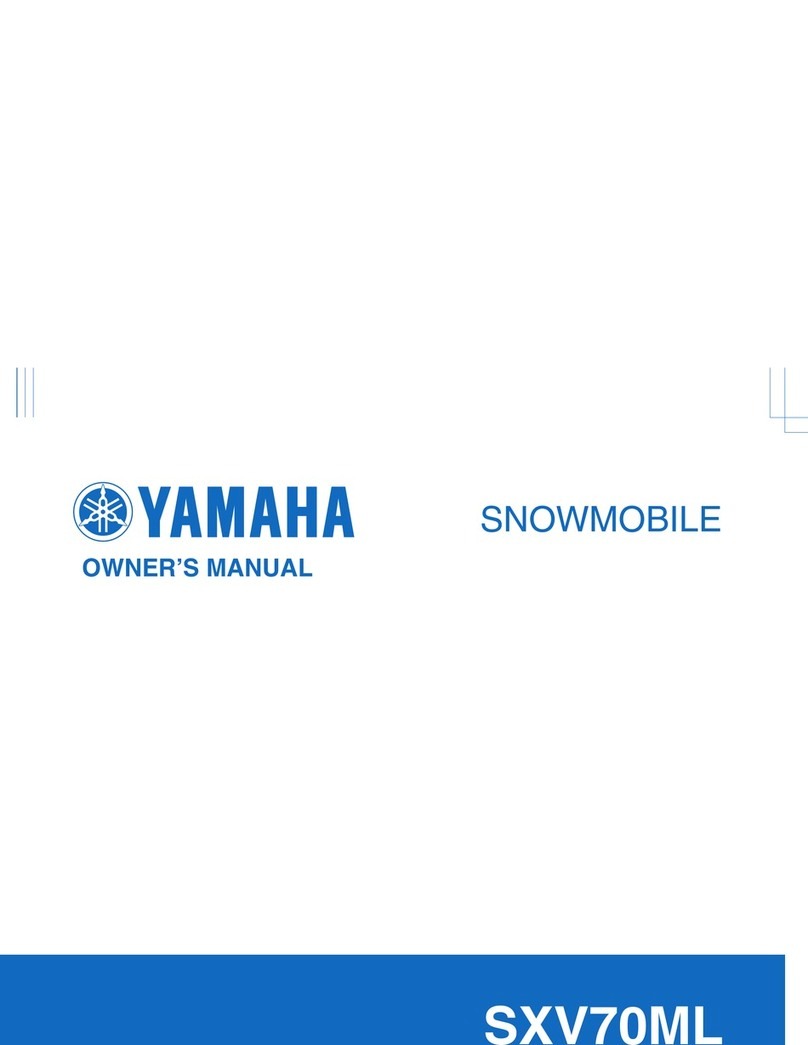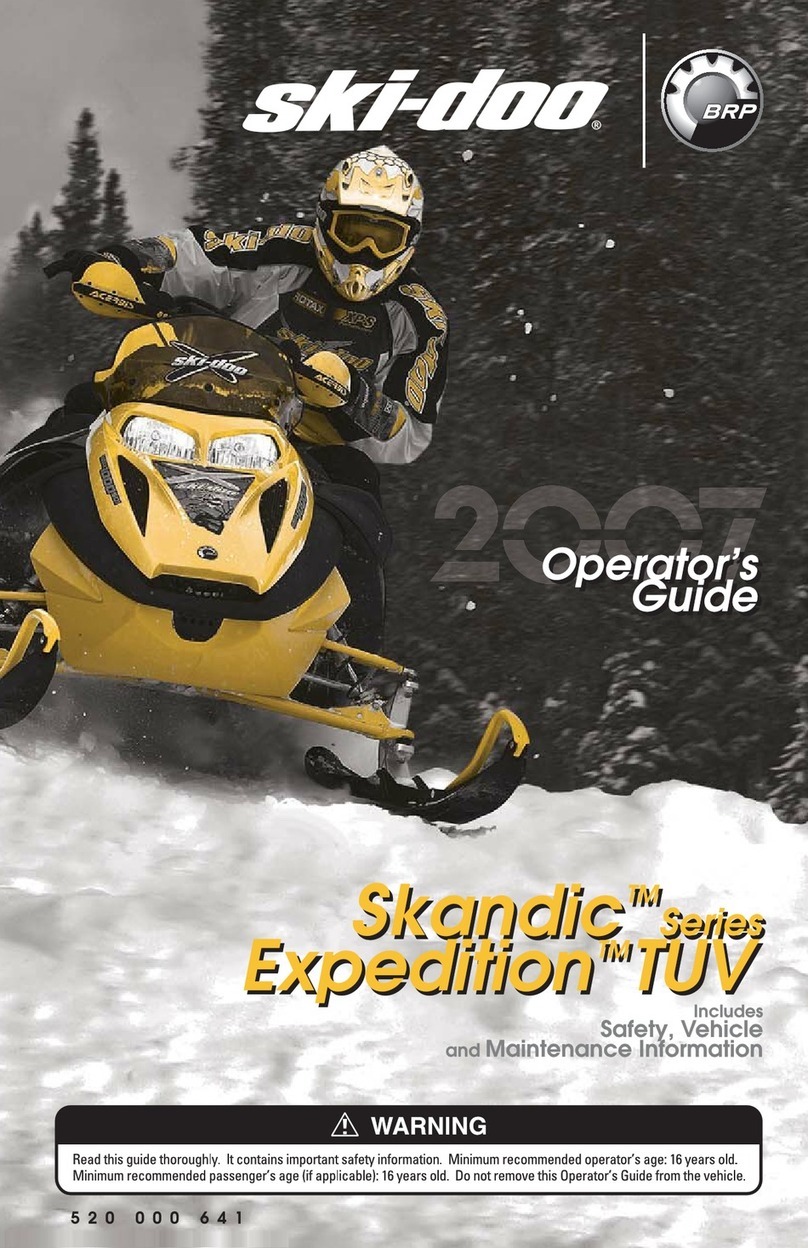BMW isetta User manual

11

2

Index
Page
Index ……………………………………………… 3
Forward ………………………………………….. 3
Operations / Introduction ……………………….. 4 – 5
Technical Charts…………………………………. 6 – 8
What Is Where …………………………………… 9
Police and Service Station Information ……….. 10
Driving Controls and Run-in ……………………. 11 – 14
Care of Coachwork ……………………………… 15 – 16
Technical Maintenance …………………………. 17 – 24
Ignition Adjustments …………………………….. 25
Carburetor ………………………………………… 26
Clutch, Chain and Brakes ………………………. 27 – 28
Maintenance Schedule ………………………….. 29
Lubrication Chart ……………………………….. 30 – 32
Electrical Diagram ……………………………….. 33 – 34
US Export Lights …………………………………. 35
Forward
The contents of this document were taken from the original owners manual (Instruction
Manual) that my father was given when he purchased his Isetta in 1957. This book and
car has remained in our family since that time. It is somewhat “used” and is showing its
age.
In converting the original booklet to this document, I kept most of the German translation
the same. I find the terminology and use of the English language somewhat amusing.
Where words were misspelled, I made an attempt to correct these mistakes. I also found
several references to figures that were in error and these were also corrected.
In addition to the booklet, I found an insert which I believe was from another document
pertaining to the US Export lighting systems. This information is included at the end of this
document.
Bill Rogers
3

A word of advice
Please don't believe that we want you to
know the contents of this booklet by heart
and don't be afraid by finding a lot of
technical data already on the first pages.
These are mostly written for the technically-
minded Isetta owner, and also for the service
stations. The remaining text, however, should
be read once at least by every driver. In
compiling it we abstained from employing
technical terms and rather adopted an easily
understandable language in which you may
like to talk with your friends about your brand-
new BMW Isetta.
The Motocoupe BMW-lsetta is not an
automobile or a midget car or just a scooter
with weather protection. It is rather a new
solution of the motoring problem. It’s
maneuverability in city traffic, the absolute
weather protection yet permitting a draft-free
open-air drive through a folding roof and
transparent canopy arrangement, its
comfortable interior dimensions, quick
acceleration and considerable top speed by a
high-performance air-cooled engine unit, —
are all advantages which make the BMW-
lsetta a vehicle that we are sure will meet the
motoring trend of a wide public as a safe-to-
handle runabout suitable for city traffic and
country
driving, for field tracks and highways alike.
Excellent road holding and a brake system of
surprising efficiency ensure a maximum of
riding safety. BMW service stations are
organized in the form of a wide net of BMW
agencies and are always at your service. All
shops displaying the BMW sign, shown on
the door of your Isetta will gladly service and
repair your BMW vehicle. You will find
specially trained personnel at BMW Service
Stations, as well as proper tools and a
complete stock of genuine BMW spare parts.
4

Some more explications
The Isetta engine size has been conceived
for performances allowing the Isetta driver to
easily follow the traffic stream. This means,
however, that he must be given momentary
swift acceleration — to pass other vehicles
for instance — as a definite factor
contributing to the driving safety.
Consequently, the Isetta engine has been
designed to provide relatively high speeds
(up to 53 mph) for short instants, a feature
you will appreciate in many situations.
This quick acceleration, however, is not
intended to induce the Isetta owner to
continually run the engine at its possible
maximum speed. The Isetta motor is of the
high efficiency type. It therefore only depends
on you to run it as reasonably as to obtain a
long service life.
Test rides over many 100,000 miles and
numerous testimonials from lsetta drivers
have proved it an acknowledged fact that with
reasonable motoring the Isetta owner
possesses an engine of proverbial reliability.
Now, what's about reasonable motoring?
First the breaking-in or running-in as Britons
say. Make it a rule to strictly follow the
breaking-in instructions! The care devoted to
your engine will pay you unexpected
dividends during its service life. Thus the
breaking-in of high-performance engines is a
rather important matter.
A transfer picture on the windshield quite in
front of your eyes tells you at a glance how
fast you can run in each gear during the
breaking-in period. Bear this well in mind
when driving uphill and above all when
descending a gradient! And another point:
Don't forget to carry out the oil change in
time.
And now the driving after the breaking-in
period. Once done the running-in you may
thoroughly use the efficiency of your engine
unit. The "resistance point" en-countered by
the accelerator pedal, that is the resistance to
be felt at a certain point when depressing this
pedal indicates you to "what an extent you
can depress the accelerator without having to
glance at the speedometer dial. For a jump to
pass another vehicle you can use the full
acceleration capacity without hesitation, but
don't forget to let the gas pedal return to the
resistance point as soon as you have
achieved the passing Jump: That means the
speedometer pointer must soon leave the
red-colored segment that is entered at the 50
m.p.h.-mark.
You can also somewhat exceed the 50 m.p.h.
mark when driving downhill for short periods.
When ascending a gradient depress the gas
pedal to the resistance point only, -
temporarily you can depress it also to its full
extent for a passing jump for instance or on
hair-pin bends, but thereafter the pedal must
return to the resistance point!
When driving away and accelerating step on
the gas pedal slowly and only to the
resistance point. This may cost you some
tenths of a second, but the engine will reward
it on the long run and besides you'll spare
gasoline for the resistance point is also an
economizing position.
The decalcomania on the windshield, in the
direct line of your vision, shows you the
cruising speeds you should not exceed in the
individual gears. The resistance point gives
you a warning and moreover the speed limits
for the various gears are clearly marked on
the speedometer dial. Thus you cannot fail to
do things well.
5
Other manuals for isetta
1
Table of contents

